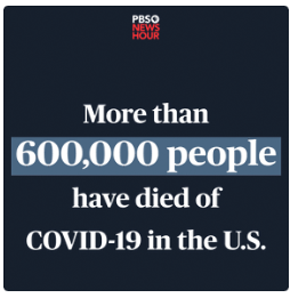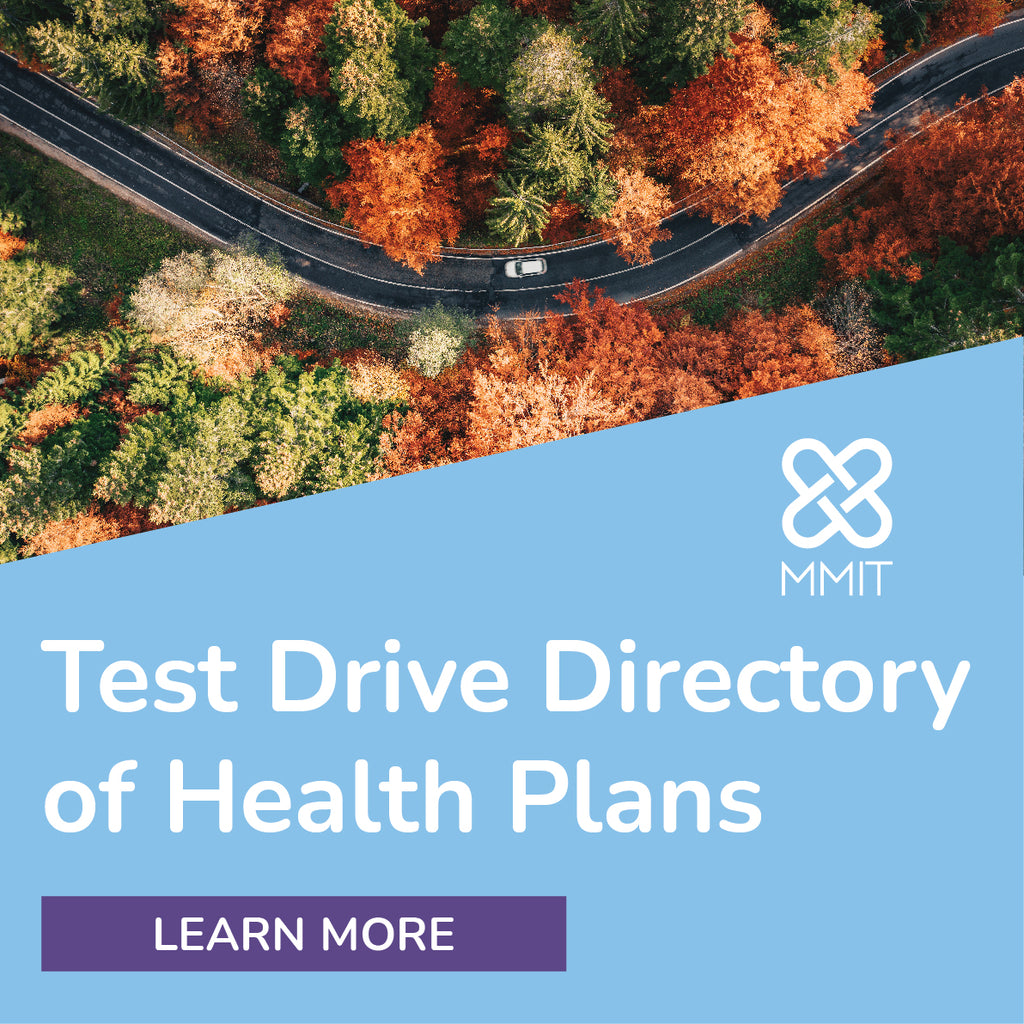Health Plan Weekly
-
News Briefs: Per Capita Health Spending Seems to Be Slowing
In 2024, per capita health spending growth is estimated to have slowed to 4.5%, and growth is expected to slow further in 2025 and 2026 to 4.2% and 4.3%, according to the Peterson-KFF Health System Tracker. The chart collection, which uses National Health Expenditure projections from federal actuaries, also found that from 2027-2032, per capita spending growth is projected to moderate at an average annual rate of 5%. Looking at the data by payer, Medicaid is an outlier: CMS actuaries project that per-enrollee Medicaid spending will grow by 10.2% in 2024, the highest rate in over 30 years, but it will average 5.4% between 2025 and 2032 since the expiration of the pandemic-era continuous enrollment provisions will provide for more normalized enrollment. From 2025-2032, per-enrollee Medicare spending growth is expected to range between 4.9% and 6.5%, while per-enrollee spending growth in the private insurance market is expected to decelerate in 2025 and 2026 to an average of 4.9% annually. And from 2027-2032, per-enrollee private insurance spending growth is expected to stay between 4.6% and 5.1%.

-
Unsurprising or Unlikely? Analysts React to Prospect of CVS Breakup
In a development that drew mixed reactions from analysts, CVS Health Corp. is reportedly considering breaking up its diversified health care enterprise due to the poor performance of its Aetna health benefits division.
The news of CVS’s deliberations on the company’s future — reported by multiple outlets citing anonymous sources — came shortly after a hedge fund investor reportedly met with CVS executives to offer ideas about turning the company around.
“I’m not surprised that activist investors are becoming involved,” says Brad Ellis, senior director in Fitch Ratings’ North American insurance rating group. “I was a little surprised by the news…that they’re mulling a breakup of their company.”

-
Benefits Execs Say Higher Provider Pay, Drug Costs Are Fueling 2025 Health Cost Hike
Employers expect their health care costs will increase next year at a higher rate than in previous years, as they continue to deal with inflation and other headwinds, according to recent surveys and database analyses from major benefits brokers. Actuaries from two of those firms tell AIS Health, a division of MMIT, that the increases are being driven by a few factors, including higher reimbursement for hospitals and providers, a rise in care utilization now that the coronavirus pandemic is over, and a higher percentage of people using expensive specialty medications and GLP-1 drugs.
Aon predicts the average cost for employer-sponsored health plans will increase by 9% in 2025, up from a 5.8% increase this year. Meanwhile, WTW projects a 7.7% increase in health care costs next year compared with a 6.9% increase this year and a 6.5% increase last year. Mercer anticipates a 7% increase in costs for employer plans in 2025.

-
Despite Vance’s Remarks, GOP Seems to Have Little Appetite for ACA Reform
With five weeks to go until election day, the vice presidential candidates sparred over health care during their Oct. 1 debate. There were no new revelations, but the Affordable Care Act was top of mind for both Minnesota Gov. Tim Walz (D) and Sen. JD Vance (R-Ohio), despite some industry observers’ belief that Republicans might want the candidates to steer clear of any major reforms.
Vance briefly touched on his idea to move higher-risk people into separate risk pools in the individual market and allow states to “experiment a little bit” on coverage for healthier people and those with pre-existing conditions. Vance claimed protections for pre-existing conditions would remain in place but that he would also try to “make the health insurance marketplace function a little bit better.”

-
Who Benefits the Most From Enhanced Premium Tax Credits?
Enhanced Affordable Care Act subsidies reduce out-of-pocket premiums mostly for adults ages 50 and older and for those living in states where monthly premiums for ACA marketplace plans are high, according to a recent Urban Institute study.
Enhanced advance premium tax credits (APTCs) were initially implemented as part of the 2021 American Rescue Plan Act and extended through 2025 by the Inflation Reduction Act. They offer more generous subsidies than were available under the original ACA rules for people with incomes at or below 400% of the federal poverty level (FPL), which for 2024 are $60,240 for an individual and $81,761 for a couple. Additionally, the enhanced APTCs limit premium contributions to 8.5% of income for marketplace enrollees with incomes above 400% of FPL.












